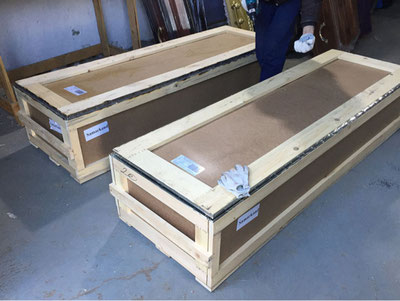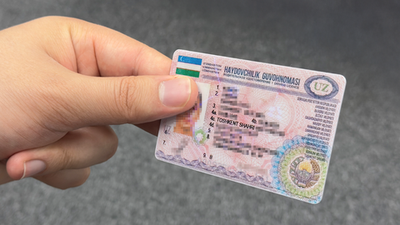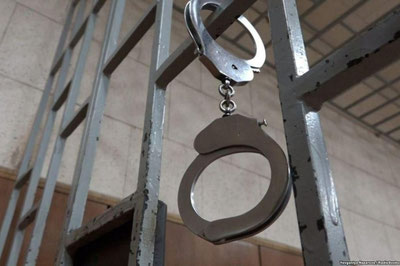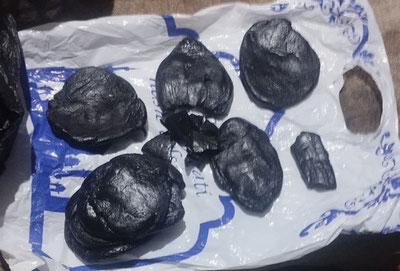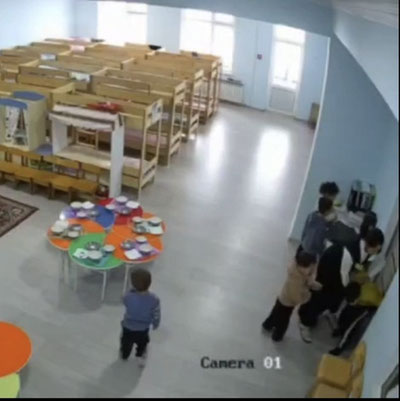With the support of the Samarkand Regional Justice Department and the "Intellectual Property Center" state institution, the "Samarkand Paper" was registered by the Ministry of Justice as a geographical indication.
The Deputy Head of the Samarkand Regional Justice Department, Shukhrat Abdualimov, today handed over the geographical indication document for the "Samarkand Paper" to Zarif Mukhtarov, the head of the "Konigil-Meros" craft center here.
For your information: In the process of producing Samarkand paper, which has a millennium history, mulberry branches are soaked in water for a certain period. Afterwards, the bark is peeled off, and the rough dark brown part on the bark is separated with a knife. The cleaned yellowish bark is boiled for 5-6 hours in a pot, and then, through special beaters on a wooden frame, it is crushed into fine fibers for 7-8 hours.
In the next stage, the fine fibrous bark is placed into a large container, mixed with water from the Siab river, and passed through rectangular molds. The wet papers are pressed onto a hard surface for 8-10 hours, then they are adhered to a smooth surface one by one. Finally, each paper is placed on a smooth marble stone and polished with a jasper or agate stone. This is how the Samarkand paper is made.
Local miniaturist painters and calligraphers use Samarkand paper, as well as in the restoration of ancient manuscripts and rare works in Japan.

